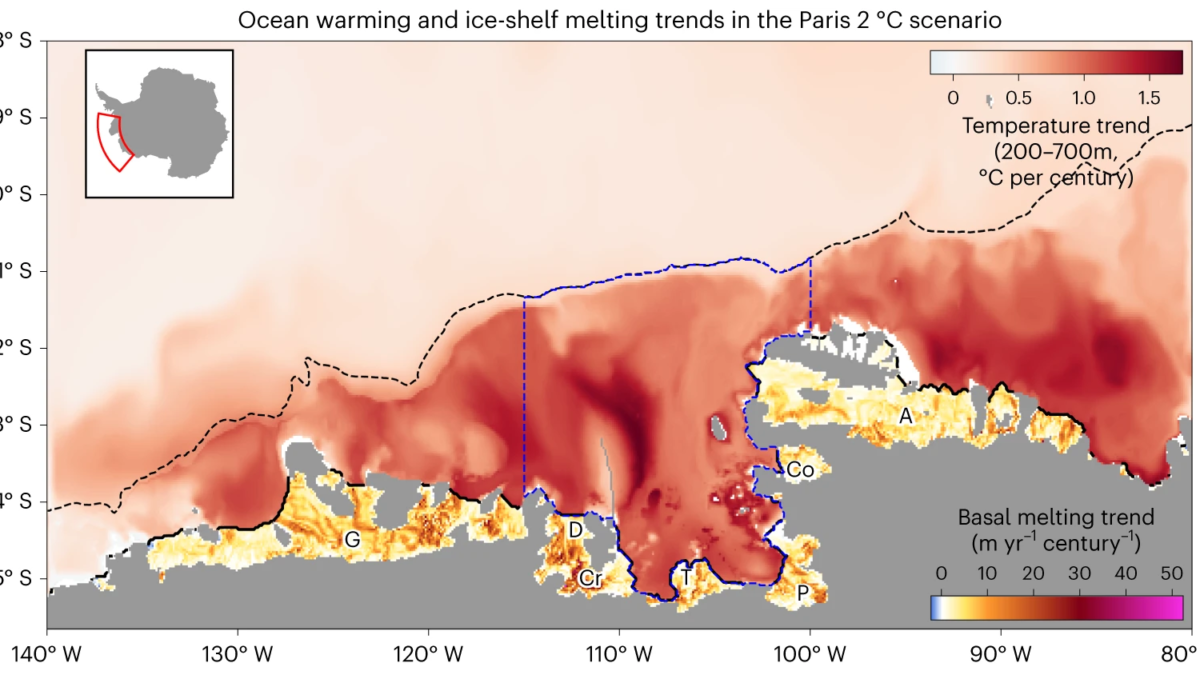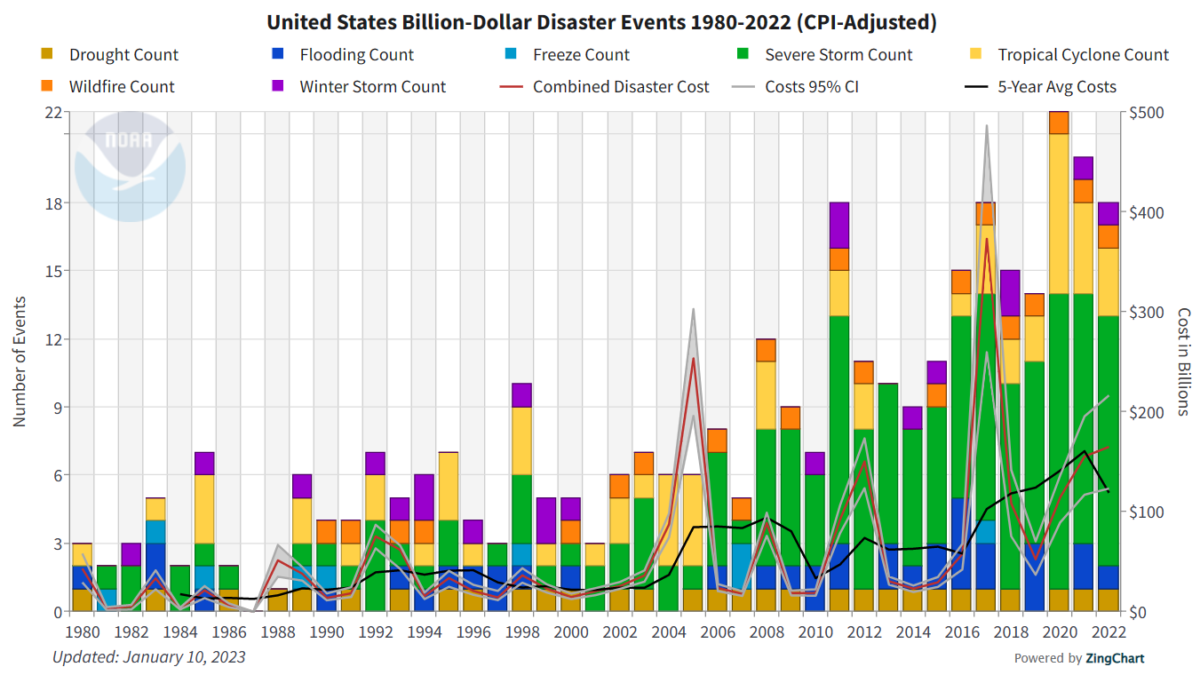Before-and-after photos show dramatic decline in air pollution around the world during coronavirus lockdown
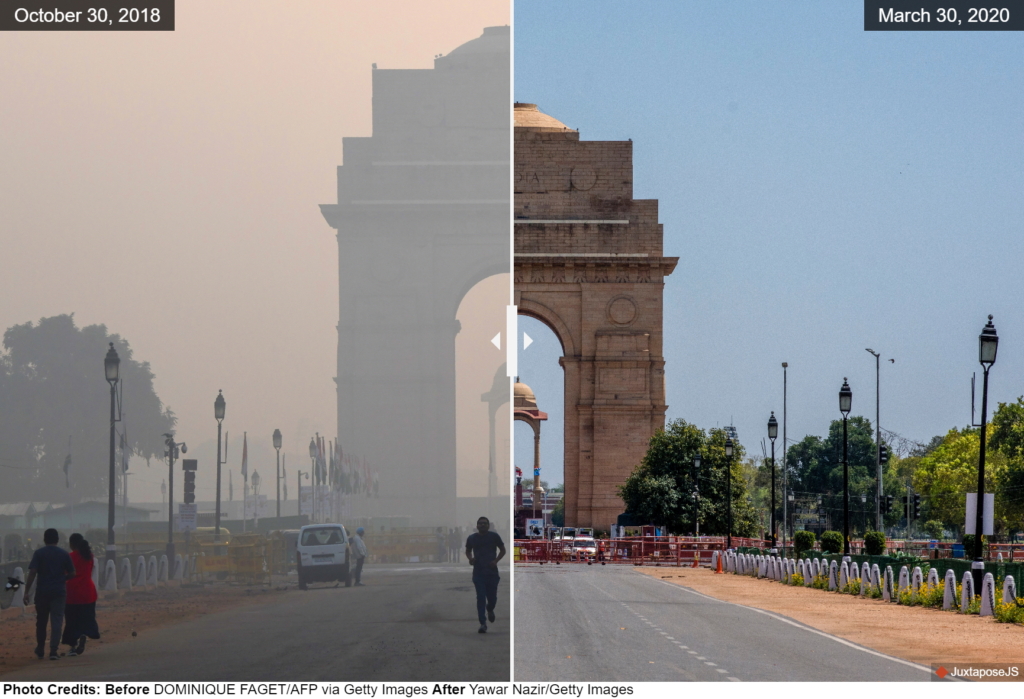
By Sophie Lewis
22 April 2020
(CBS News) – As humans continue to stay indoors under lockdown due to the coronavirus pandemic, the Earth is slowly healing. Wild animals have taken to roaming the streets, clear waters have returned to the Venice canals and the world is literally shaking less.
With billions of people quarantined and businesses closed, travel has all but come to a halt, significantly decreasing carbon dioxide emissions. In fact, 2020 is on track to see the largest yearly global decline ever in emissions, reports CBS News’ Jeff Berardelli.
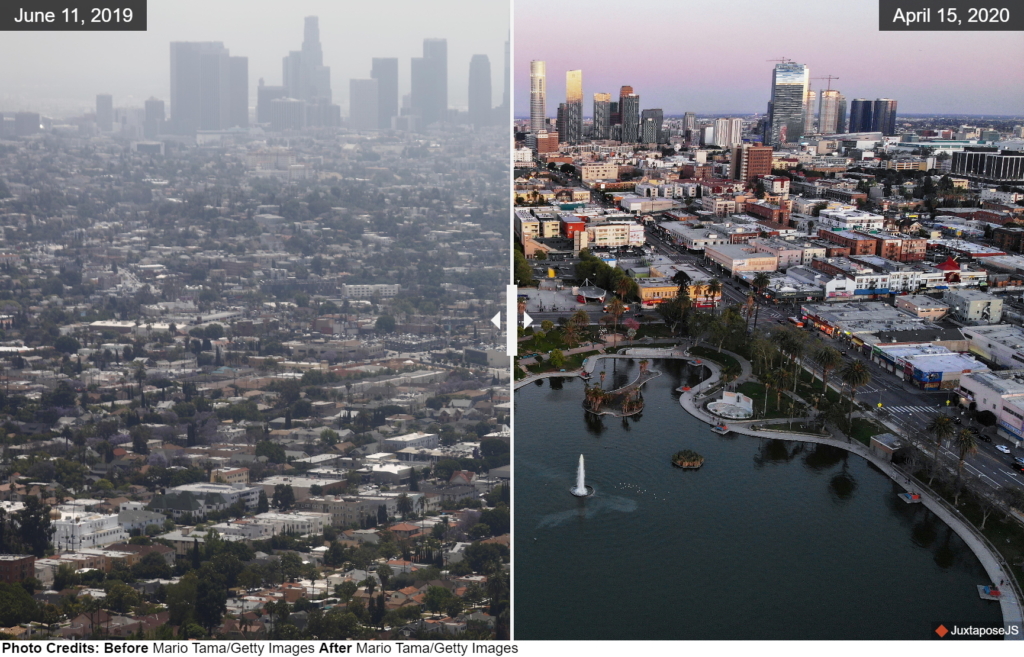
Adding to the evidence, two weeks ago typically smoggy Los Angeles had the cleanest air of any major city on Earth, according to IQAir, a tech company that tracks global air quality.
“About a year ago, Los Angeles was ranked the worst air quality in the entire country,” CEO of IQAir Glory Dolphin Hammes told CBS News correspondent Jamie Yuccas. “Now, we’re seeing some of the best air quality, not just in the country, but in the world.” [more]

NASA Satellite Reveals Huge Drop in Air Pollution Over Parts of India
By Aristos Georgiou
21 April 2020
(Newsweek) – NASA satellite data reveals how aerosol levels in India have dropped dramatically since March 25, when the government imposed the world’s largest lockdown on its 1.3 billion-strong population amid the COVID-19 pandemic.
This lockdown, like in other parts of the planet, has significantly reduced industrial activities and caused large falls in road vehicle and plane traffic in the country. Subsequently, aerosol levels dropped to a 20-year-low for the beginning of April in northern India—just one week after the lockdown was introduced—according to measurements taken by the Moderate Resolution Imaging Spectroradiometer (MODIS) on NASA’s Terra satellite.
Aerosols are tiny solid particles or liquid droplets in the air that come from both natural and man-made sources—such as the burning of fossil fuels or cropland. They can range in size from a few nanometers (less than the width of the smallest viruses) to several tens of micrometers (about the same width as a human hair.) But despite their minuscule size, they can have a significant impact on our climate and human health.
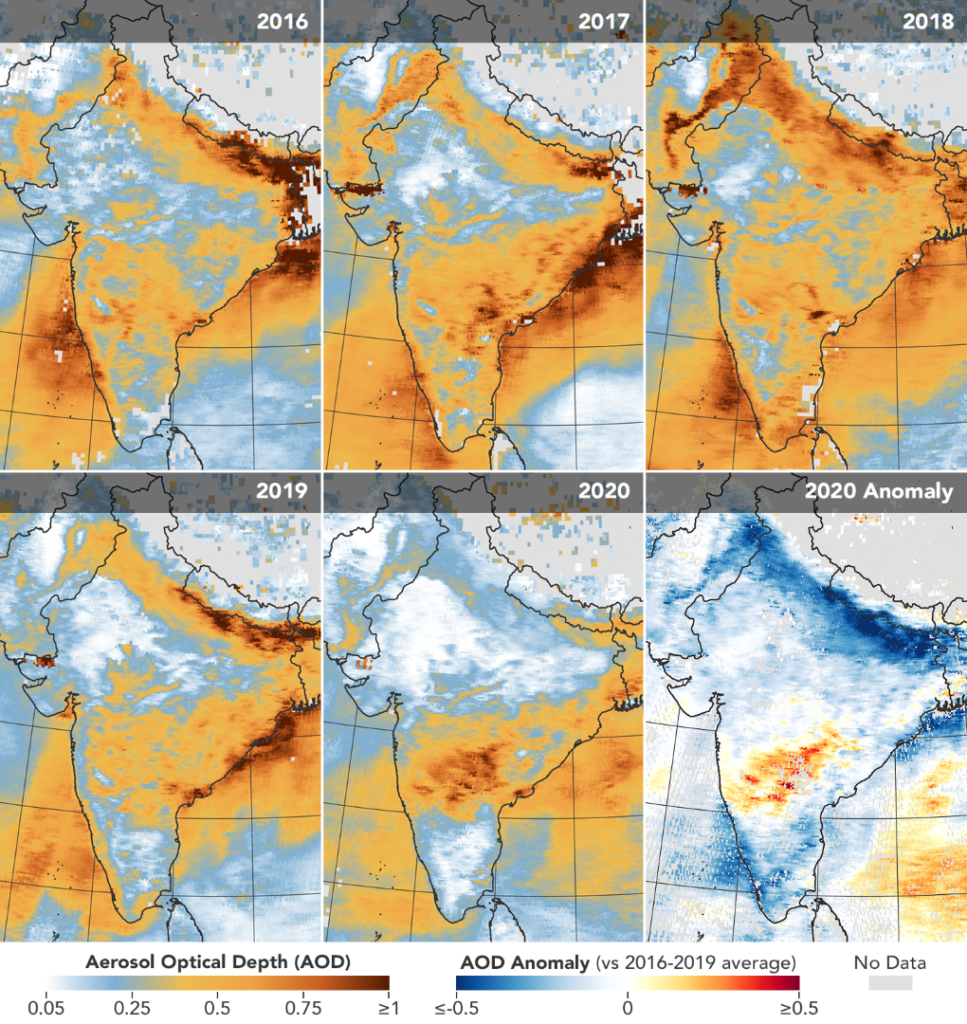
In India, aerosols produced by human activities contribute to unhealthy levels of air pollution in many areas of the country, while also causing poor visibility. Exposure to these kinds of man-made aerosols—which tend to be on the smaller end of the scale—have been linked to lung and heart problems in humans. […]
The maps above — compiled using MODIS data — demonstrate the extent to which aerosol levels subsequently dropped in northern India following the introduction of the lockdown. They show an indication of aerosol levels for the period March 31-April 5 in every year between 2016 and 2020. [more]
NASA Satellite Reveals Huge Drop in Air Pollution Over Parts of India
